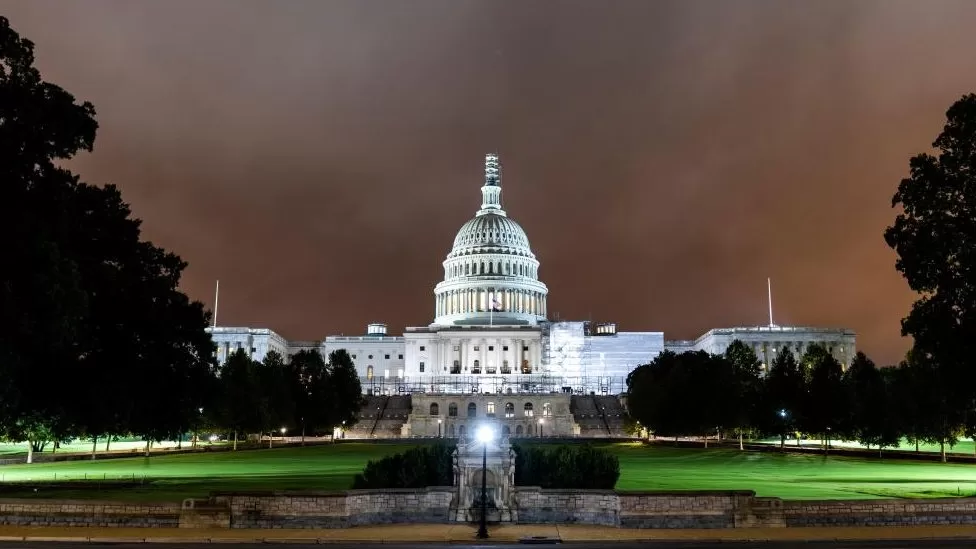Why government shutdowns seem to only happen in US

Government shutdowns are bad news around the world – usually caused by revolutions, invasions, or natural disasters. It is surprising to many that leaders of one of the world’s most powerful nations willingly caused a crisis that suspended public services and decreased economic growth.
On Saturday, Congress passed a stop-gap spending bill that will keep the government running for another 45 days, avoiding a government shutdown. Once the funding runs out, the politicians will have to go back to the bargaining table, and the country could face another shutdown.
Why does this keep happening?
As a result of America’s federal system of government, different branches of government are controlled by different parties. It was intended by the nation’s founders to encourage compromise and deliberation, but lately it has had the opposite effect.
In 1980, the Attorney General under President Jimmy Carter issued a narrow interpretation of the 1884 Anti-Deficiency Act. The 19th Century spending law prohibited the government from entering into contracts without congressional approval; for almost a century, if there was a budget gap, the government allowed necessary expenditures to continue. After 1980, however, the government took a much stricter stance: no budget, no spending.
This interpretation has set the US apart from non-parliamentary democracies, such as Brazil, where a strong executive branch can keep the lights on during budget impasses.
It lasted for a few days after President Ronald Reagan vetoed a funding bill in 1981. At least ten more service interruptions have occurred since then, ranging from half-a-day to more than a month. Last year’s, from 21 December 2018 to 25 January 2019, was the longest on record.
